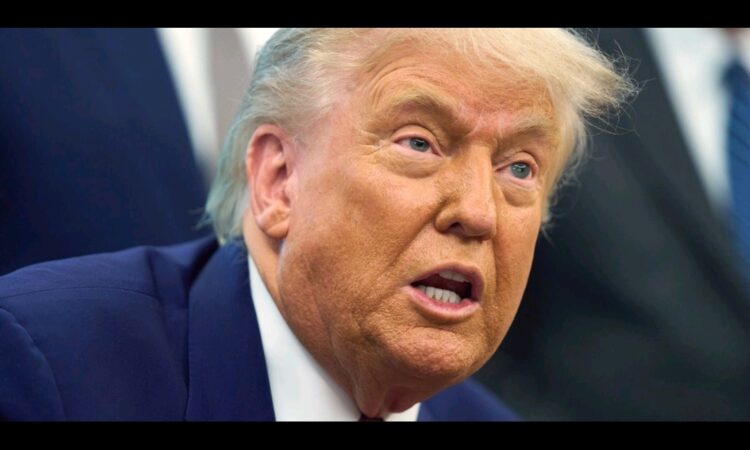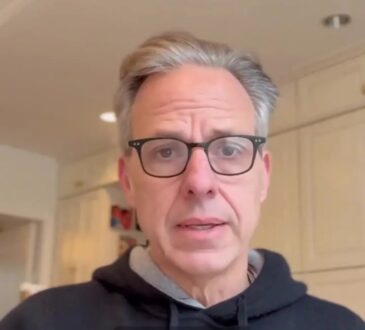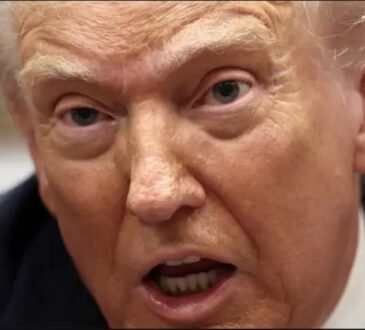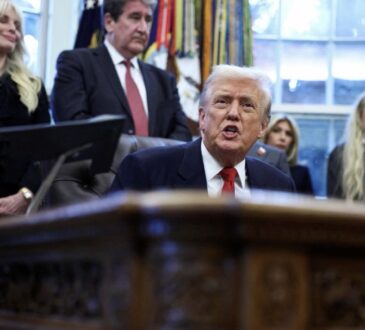
President Donald Trump explained why he deployed National Guard troops to California without Governor Gavin Newsom’s approval, saying he was willing to break protocol to act faster than in the past. Speaking from the Oval Office, Trump recalled earlier protests during his time in office when he waited for governors to ask for help, but they didn’t, and the situation got worse.
This time, as protests erupted in Los Angeles over his administration’s immigration enforcement actions, he decided not to wait. He said that based on his previous experience, quick action was necessary when local leaders refused to respond.
Trump also said that part of his reasoning was tied to the 2028 Olympics in Los Angeles. He claimed that letting unrest continue could damage the city’s image ahead of the global event. He emphasized the importance of the city looking strong and secure, suggesting that allowing days of protests and unrest could harm public perception and future tourism or investment.
The protests in Los Angeles had been mostly peaceful but did include some damage to property, such as broken windows and vandalized vehicles. Despite this, the local police did not request federal help, and California officials maintained they were capable of managing the situation. Trump disagreed, saying the city was “out of control” and that the Los Angeles Police Department was overwhelmed.
In response, California filed a lawsuit against Trump and Defense Secretary Pete Hegseth, arguing that sending more than 4,000 federalized National Guard troops into the state was a serious overreach of federal power. The lawsuit claims that Trump had no legal grounds to take over the state’s National Guard without consent and that doing so violated the Tenth Amendment, which protects states’ rights. California Attorney General Rob Bonta said there was no uprising, no foreign threat, and no failure in law enforcement that would justify the president’s actions under federal law.
Trump’s administration defended the move by pointing to a law that gives the president authority to use the National Guard in cases of rebellion, invasion, or if he believes regular forces can’t enforce federal laws. They argued that the protests, combined with the refusal of state leaders to act, justified the decision.
The situation has sparked a new legal and political battle between California and Trump, raising questions about presidential authority, state rights, and the limits of federal intervention during domestic protests. It also brings renewed attention to how public safety is handled in high-stakes moments, especially with an international event like the Olympics on the horizon. Trump made it clear he wants to avoid any appearance of weakness or disorder, even if it means sidestepping traditional processes and facing backlash from state leaders.




